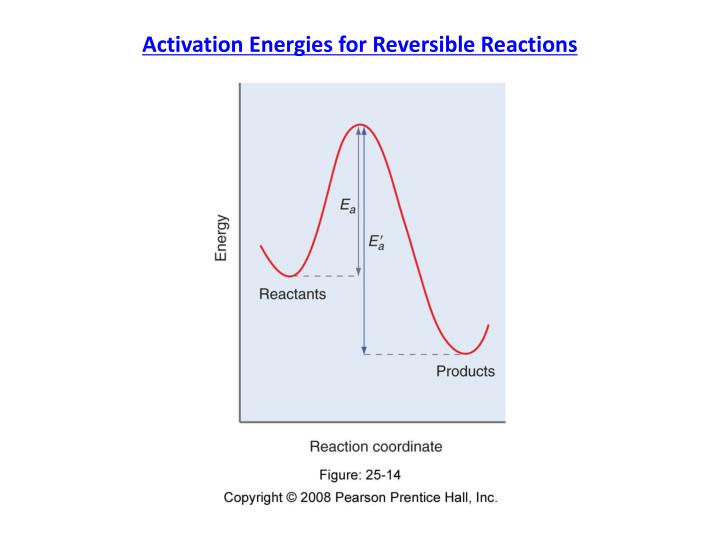The expressions for the change in concentration with time are differential equations which, in some cases, can be integrated to give a different, but related, form of the rate equation..
Integrated Rate Law Second Order Two Reactants. The expressions for the change in concentration with time are differential equations which, in some cases, can be integrated to give a different, but related, form of the rate equation. 𝑅 p =− [𝑨] 𝒕 = [𝑨] we separate the variables and integrate over the interval:
 PPT Geochemical PowerPoint Presentation, free From slideserve.com
PPT Geochemical PowerPoint Presentation, free From slideserve.com
Tra‑3.c.1 (ek) , tra‑3.c.3 (ek) , tra‑3.c.4 (ek) transcript. Explain the form and function of an integrated rate law. 2a products or a + b products (when [a] = [b]) , rate = k[a] 2 the integrated rate law is 1/[a] = kt + 1/[a o ]
PPT Geochemical PowerPoint Presentation, free
Therefore, the required equation for the half life of second order reactions can be written as follows. If the plot is not a straight line, then the reaction is not second order. (k = slope of line) examples. Now, substituting these values in the integral form of the rate equation of second order reactions, we get:
 Source: slideserve.com
Source: slideserve.com
Identify the order of a reaction from concentration/time data. − d x d t = − k ( [ a] 0 − x) ( [ b] 0 − x) Identify the order of a reaction from concentration/time data. This reaction proceeds at a rate proportional to the square of the concentration of one reactant,. Therefore, the required equation for the.
 Source: slideserve.com
Source: slideserve.com
If the plot is not a straight line, then the reaction is not second order. Explain the form and function of an integrated rate law. Therefore, the required equation for the half life of second order reactions can be written as follows. T1/2 = 1 k[r]0 t 1 / 2 = 1 k [ r] 0. The rate laws discussed.
 Source: slideshare.net
Source: slideshare.net
Hey boys and girls, in this video lecture you will learn how to drive the integrated rate law for a second order reaction with two reactants having different. Second order reactions are characterizedby the property that their rate is proportional to the product of two reactantconcentrations (or the square of one concentration). Now, substituting these values in the integral form.
 Source: slideserve.com
Source: slideserve.com
Identify the order of a reaction from concentration/time data. − d x d t = − k ( [ a] 0 − x) ( [ b] 0 − x) The rate law is a differential equation, meaning that it describes the change in concentration of reactant s. The sum of the exponents (a+b+c+…) is the order of the reaction. The.
 Source: schools.aglasem.com
Source: schools.aglasem.com
∫ [ ] [ ]2 [𝐴] [𝐴]0 =− g∫ 𝑡 𝑡0 recall from calculus that (or check a table of integrals): Second order reactions are characterizedby the property that their rate is proportional to the product of two reactantconcentrations (or the square of one concentration). If the plot is not a straight line, then the reaction is not second order..
 Source: slideserve.com
Source: slideserve.com
I�m interested in the second order reaction a + b p. Let [ a] 0 = a and [ b] 0 = b, then [ a] = a − x and [ b] = b − x. (a) if the initial concentration of i was 0.086 m, calculate the concentration after 2.0 min. Identify the order of a reaction from.
 Source: slideserve.com
Source: slideserve.com
Identify the order of a reaction from concentration/time data. Now, substituting these values in the integral form of the rate equation of second order reactions, we get: If the plot is not a straight line, then the reaction is not second order. Tra‑3.c.1 (ek) , tra‑3.c.3 (ek) , tra‑3.c.4 (ek) transcript. Second order reactions ( j=2) the differential form of.
 Source: slideserve.com
Source: slideserve.com
In the unusual case that a reaction is second order with respect to a single reactant and zeroth order with respect to all other reactants, we can again come up with an integrated rate law. Because this equation has the form y = mx + b, a plot of the inverse of [a] as a function of time yields a.





